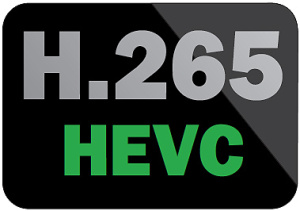Some of you probably remember video discs (which used MPEG-1/H.261 for video compression), then there were DVDs (MPEG-2/H.262), then Blu-rays (MPEG-4 AVC/H.264). Between DVD and Blu-ray there was another video coding standard, the original MPEG-4, which didn’t make it onto optical discs, but was used quite a bit also. Each time, a bag of new algorithmic tricks meant that the video could be compressed twice as much.
Loosing weight is hard. In video compression, it’s quite the same. Just when you thought video can’t be compressed any further, there’s a new standard that’s done it again: HEVC compresses video at twice the rate of the preceeding standard. This means double the hours of video that can be stored on your disc, drive, stick or card. Double the number of channels broadcast over the air. Or half the download time. Or half the data usage on your phone plan. We’re clearly in anorexic territory here, and for once, I like it.


